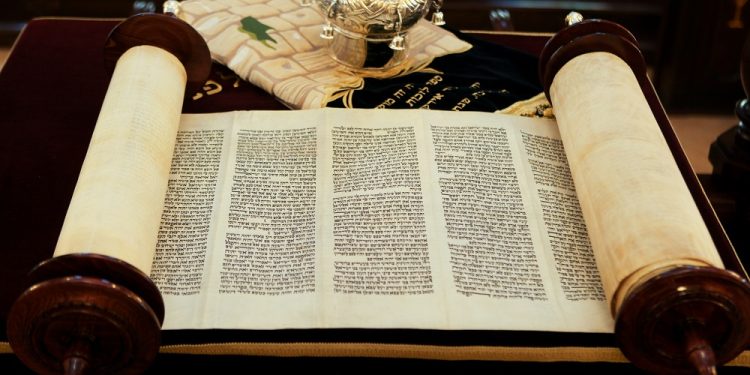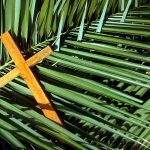
Simchat Torah
Simchat Torah, which comes at the end of Sukkot and is technically its eighth day, marks the end of the yearly cycle of Torah reading and the beginning of a new one. Though it is a component of Sukkot, people are no longer obligated to eat and sleep in the Sukkah; in fact, it is forbidden to do so.
Instead, there is nothing but rejoicing—Simchat Torah literally means “the joy of Torah”—and in addition to the prescribed Torah reading, there is singing and dancing as part of the services. One of the practices of this holiday that is unique compared to other holidays is the dancing with the Torah scroll.
Hakafot—literally “circuits”—similar to those that were done throughout Sukkot are done with the Torah scroll now instead of with the lulav, and instead of merely walking around the shul, people spend a lot of time dancing.
Sometimes the dancing even spills out onto the street, and those who do not have Torah scrolls just dance all night with their children in their arms. Therefore, the service ends up being one of the longest ones of the year, and the meals are served incredibly late, but everyone is having too much fun to complain!
During the dancing, there are traditional chants and songs, mostly taken from Biblical verses. Some are expressions of hope for the coming of the Messiah, the building of the Temple, the restoration of the Davidic monarchy, and the return from the nearly two-thousand-year exile from the Land of Israel.
Others express love for God, the Torah, and the Jewish people. One popular one is simply the words of the command that is being fulfilled: “And you shall rejoice in your holidays, and be only happy” (Deuteronomy 16:14).
When the Torah portion is read, there is a custom for every man in the congregation to come up and bless the Torah—rather than the usual six men blessing it on Yom Tov or seven on Shabbat.
The end of the Pentateuch is read: a section called “V’Zot Habracha”—And This is the Blessing—which is the blessing that Moses gave to the Jewish people at the end of his life. Then the Torah is rolled all the way back to the beginning, or else another Torah scroll is brought out, and the first chapters of Genesis, the account of the creation of the world, are read.
After that, a portion from Numbers, describing the required Temple sacrifices of the day, is read from a third scroll. As is usual on Jewish holidays, there are elaborate feasts with meat and wine, including a special Kiddush for the day.
And once the Havdalah is done at the end of Simchat Torah, part of Sukkot, which follows on the heels of Yom Kippur, which is ten days after Rosh Hashanah, there is an almost two-month-long break from Jewish feasts and holidays, until Chanukah begins.
When is Simchat Torah?
Simchat Torah is observed on the 22nd day of Tishrei, the seventh month of the Jewish calendar. It’s a floating holiday with respect to the Gregorian calendar.








